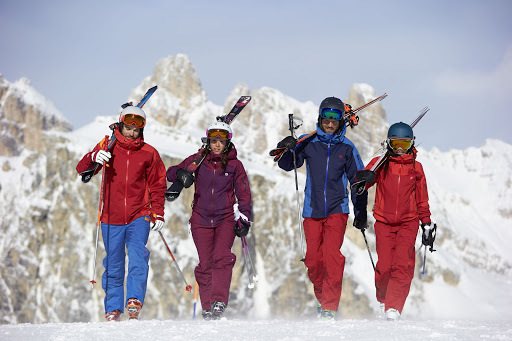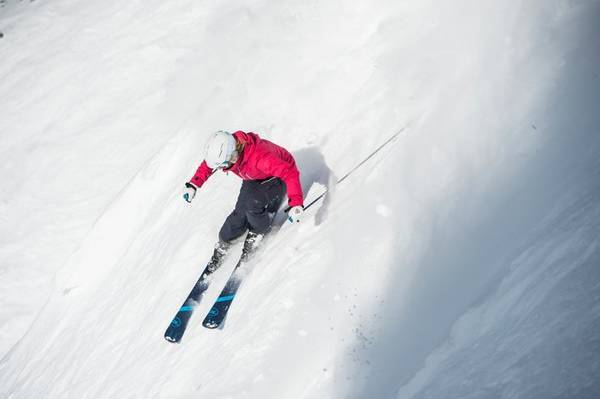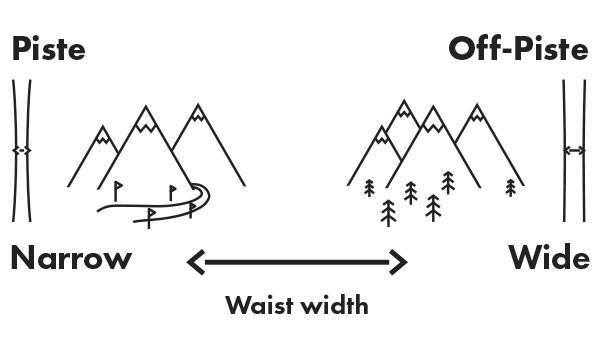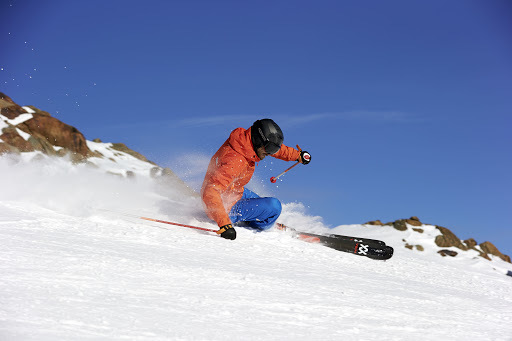Choosing Your All-Mountain Skis? Consider the Waist Width!
We are referring to the ski waist width, of course! The trends within skiing, especially all-mountain, have changed significantly in recent years. One of the major shifts is in the millimeters around the waist.

When Did You Buy Your Last Pair of Skis?
In the past five years, ski manufacturing has seen serious advancements like new materials, new construction methods, and better technologies. And all-mountain skis, well, they've become more all mountain.
So if you bought your last pair some time ago, you might be in for a pleasant surprise and some confusion.

Waist Width Can Indicate How Off-Piste You Can Go
Of course, many factors come into play when picking your skis, but waist width is crucial to consider. For the rest, check out our '5 Steps to Choosing the Right Ski for You'.
Nowadays, you'll see both skis with a waist of, say, 76mm and 99mm categorized as all-mountain. Take this season's Rossignol 84 Experience and the new Völkl Mantra M5 (check the bottom for the video reviews). The difference is that the wider the waist, the more off-piste character the skis have and vice versa.

One way to interpret this is to consider what the waist width actually provides. A narrower waist will be easier to maneuver, allowing you to nail both short and long turns on the track. They will also keep you afloat in tight powder conditions but are generally intended for a ratio of approximately 80% piste and 20% off-piste.
Skis with a wider underfoot also perform well on the track but will require a bit more effort to transition from edge to edge. At the same time, you'll be able to take them into deeper and fresher powder. So the ratio shifts towards 60% piste and 40% off-piste.

Your Experience Level Matters... A Lot!
It is all-mountain, all right, but when it comes to carving turns, your experience level and the ski's underfoot width are crucial.
As we mentioned above, the wider the underfoot, the more effort it will take to transition from edge to edge, but it will be easier to ride in the powder. So a wider waist will make you work harder for those turns on the piste, which requires more skill compared to a thinner one.

A thinner waist makes the skis easier to maneuver, eases you into the turn, and is more forgiving on your legs on the piste. This type of all-mountain ski will suit those of you who prefer a nice, chill ride primarily on the tracks - not much 'off-road' or 'hard-core'.
So be clear about what you want from your ski and check out our all-mountain ski section to find those that call your name. Remember also to follow us and subscribe to our YouTube winter channel where you can find more ski reviews.
